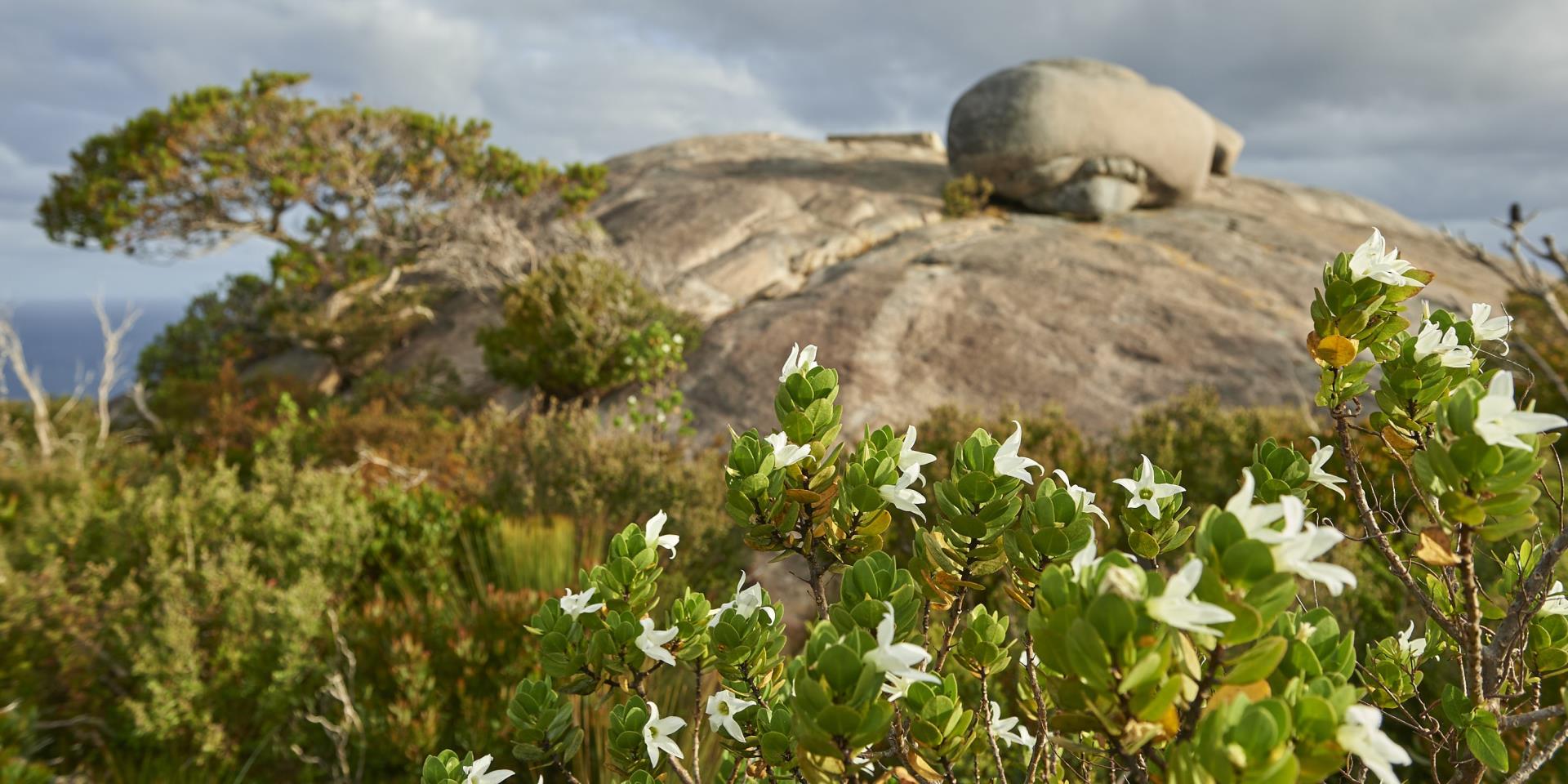
Albany Local Biodiversity Strategy
The City of Albany is developing a Local Biodiversity Strategy to guide how we protect, connect, and celebrate our unique natural areas—our bushland, wetlands, coastlines, and wildlife.
Albany sits within one of the world’s biodiversity hotspots, making it vital to actively protect our environment for current and future generations. The Strategy aims to:
-
Retain and protect important habitats
-
Build community knowledge about biodiversity
-
Manage threats like weeds, pests, and climate change
-
Support community volunteers, landowners, and citizen scientists
It outlines key actions such as improving reserve management, enhancing vegetation on City-managed land, supporting landholders, and fostering partnerships with Traditional Custodians and local groups.
Visit our interactive online page to learn more about the Strategy:
View the Albany Local Biodiversity Strategy StoryMap
Use Chrome if you are having trouble accessing any of the above links.